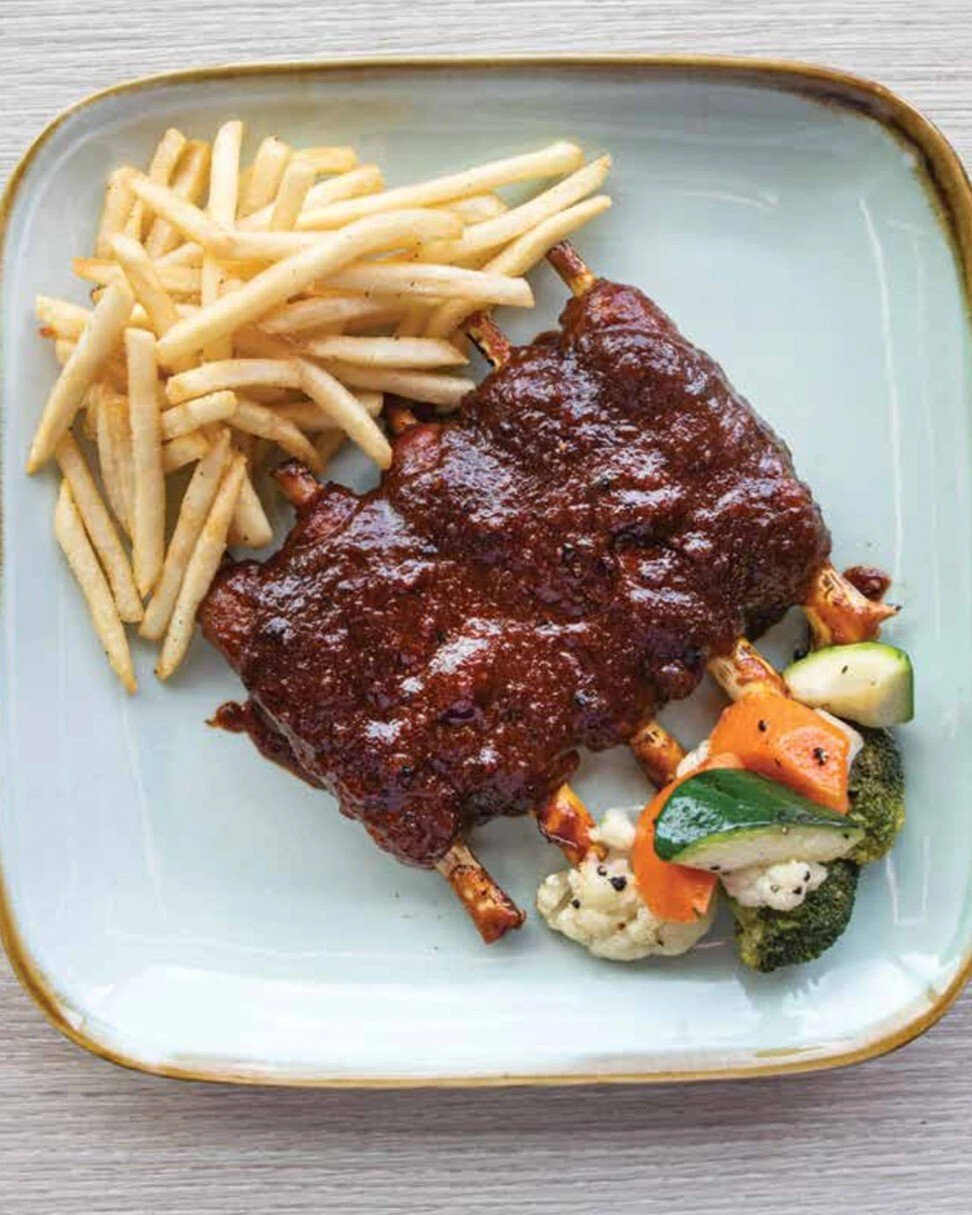
Tempeh, keto diet and weight loss go-to that’s high in vitamins, minerals, protein and prebiotics, is a versatile meat substitute
- Singaporean vegan Angeline Leong was looking for a wholesome meat substitute when she found tempeh, traditionally made in Indonesia by fermenting soybeans
- Its nutty flavour and dense texture mean it can be cooked various ways. Leong started a business making it, and variations using chickpeas and adzuki beans
Angeline Leong had been a vegan for several years when she started making her own tempeh, a fermented soy product popular in Indonesia. She was in need of a wholesome and tasty substitute for meat and did not like mock meats or other meat substitutes available in the supermarkets in Singapore, where she lives.
With help from her mother, Leong began experimenting with making tempeh at home; the fermentation process binds the soy into a cake. After their early successful attempts, they started making small batches for family members. Months later, in April 2019, Leong decided to take tempeh making more seriously, flying to Bogor in Indonesia to learn the craft from a tempeh master in a factory. It wasn’t easy.
“The conditions have to be perfect for the tempeh to culture,” she shares. “Every little detail affects the process. Even today, I’m still learning a lot about tempeh making.”
She now produces tempeh full-time. Her company, Angie’s Tempeh, makes small batches from scratch to order; customers order online. Leong and her business partner usually make two batches a week, with each taking about four days to perfect. Her customers are mostly into plant-based foods – vegans, vegetarians and flexitarians, and those who want to cook healthier foods for their families.

Soybean tempeh can be cooked in a variety of ways, and holds appeal even for those on the trendy, high-fat, moderate-protein, ultra-low-carbohydrate keto diet. A typical 100g (3.5 ounce) serving of tempeh contains 193 calories, 19g of protein, 11g of fat, and 9g of carbohydrates. High in soy protein, it promotes feelings of fullness, reducing hunger and aiding in weight loss.
Leong also uses chickpeas and Japanese adzuki beans, in addition to the traditional soybeans, to make tempeh. The type of bean used affects the flavour, texture and even aroma of the finished product.
Keto for beginners: how it works, what you can and cannot eat
“Soybean tempeh tends to have a neutral aroma,” says Leong, who previously worked at a traditional Chinese medicine clinic. “Tempeh made from Japanese adzuki beans, on the other hand, smells like sake (Japanese wine) after fermentation, while chickpea-based tempeh smells like beer or a freshly baked baguette.”
Tempeh has a dense, chewy texture and a slightly nutty flavour, says Shirley Chan, a dietitian based in Sydney, Australia. And it must be cooked before consumption.
Making tempeh is a time-consuming process, Chan adds. “Traditionally, soybeans are used, so it starts with soaking the beans, usually overnight, before boiling them with the hulls on or off (depending on the variety you’re making), for about 30 minutes. The excess water is drained off, and the beans are placed on a tray for inoculation with a piece of tempeh or Rhizopus oligosporus, a type of starter culture.
“The beans are then allowed to ferment at room temperature for one to two days, or at 30 to 32 degrees Celsius for 20 hours. During fermentation, a white mould called mycelium covers the beans and binds them together into a solid slab. This slab is then cut into smaller pieces.”

Leong puts her tempeh through a double fermentation process – the first time using the phytic acid produced from the bean itself, and the second time using Rhizopus oligosporus. This, she says, ensures that the mycelium is whiter, stronger, and lasts longer. These steps also yield a more fragrant product.
“Tempeh’s a good source of protein, vitamins, and minerals like iron,” says Chan.
Those vitamins include riboflavin, niacin, and B6, and the minerals include calcium, magnesium, manganese, phosphorous, potassium and zinc. It is low in sodium.

When crumbled and deep-fried, for instance, it can replace ground meat in fried rice, pasta and stir-fries. Cut into squares or patty shapes, it makes good burgers. Or cut into fingers or cubes it can be fried up as fritters. Chan suggests trying different cooking methods, from pan-frying and grilling to searing, to make your tempeh crunchy.
For Asian recipes to make at home for friends and family, visit SCMP Cooking.

